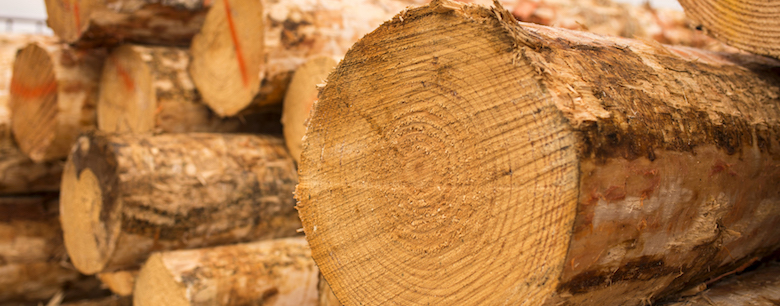
Despite the Government review into the usage of Copper Chrome Arsenate (CCA) as a timber treatment being completed over 10 years ago, there continues to be confusion about whether arsenic is still used in treated timber.
Arsenic is still used to treat some treated pine products but the 2005 review by the Australian Pesticides and Veterinary Medicine Authority (APVMA) into the safety of arsenic timber treatments did restrict its usage in certain applications.
It found there could possibly be a health risk for people, particularly children, who had frequent and close exposure to CCA-treated timber. As a result, the APVMA restricted the use of CCA-treated wood in uses such as playground equipment, garden furniture and decks as a precautionary measure.
However, there was no evidence to justify cancelling the use of CCA to treat timber for materials such as telegraph poles, fence posts, fence palings or structural timbers, with which frequent contact is unlikely. This is why CCA treated timber continues to be used in many domestic uses such as landscaping and structural framing of decks, fences etc.
The APVMA also changed the labelling requirements for CCA-treated wood. Now any CCA treated timber sold in Australia, must be labelled as being “Treated with Copper Chrome Arsenate”. This can appear on the treatment labels fixed to the ends of the timber or on the stamp brands along its length.
Some individual items of CCA treated timber do not need to be individually labelled, but the packaging must be marked. These include:
- fence palings
- battens
- droppers
- pieces less than 15 mm thick or with a cross section below 1500 mm2
Timberlink’s CCA Usage
At Timberlink, we do not use CCA to treat any of our Tasmanian made treated products using instead several different non-arsenic treatments. Our patent pending Low Odour LOSP formulation is used on our Timberlink Green Outdoor Structural range. All other outdoor products are treated with Tanalith E except for our pre-coloured Sienna Sleeper range which are treated with Alkaline Copper Quaternary (ACQ).
Visit our Safety Data Sheets or SDSs for all our products.
Common CCA FAQs from Timber Preservers Association of Australia (TPAA)
What if my child touches CCA treated timber?
Small amounts of chemical components may be wiped from CCA-treated wood products, however these small amounts are very unlikely to cause health problems for children. If you are concerned, normal hygiene such as washing hands after contact should be used. To limit contact with CCA-treated timber around the home, you may consider painting it with a good quality paint system.
Can treated timber be used in contact with vegetable gardens?
Studies have shown that preservatives such as CCA and creosote are not absorbed into food crops like grapes, tomatoes and cucumbers. Some root crops like carrots and beetroots have been reported to pick up small amounts of arsenic from CCA, but it is in an organic non-toxic form and in any case is largely removed by peeling the vegetable.
Does the arsenic and or chromium leach out of CCA treated wood into soil?
The chemistry of CCA wood preservatives results in the copper and chromium and arsenic being chemically attached (or fixed) inside the wood so that it remains in the timber. Nevertheless, highly sensitive chemical analysis may detect small amounts of these chemicals in soil next to CCA-treated wood or wiped from its surface. In most cases however, these small levels are well below the concentrations found naturally present in the environment.
Source: Timber Preservers Association of Australia, www.tpaa.com.au/faq/
Building with timber is rewarding and fun, but like any activity involving power tools, heavy materials or heights, it is crucial to ensure that you follow safe working practices and always be aware of any hazards. See our guide Timber Safety Guide for DIYers if you plan on building with timber.
